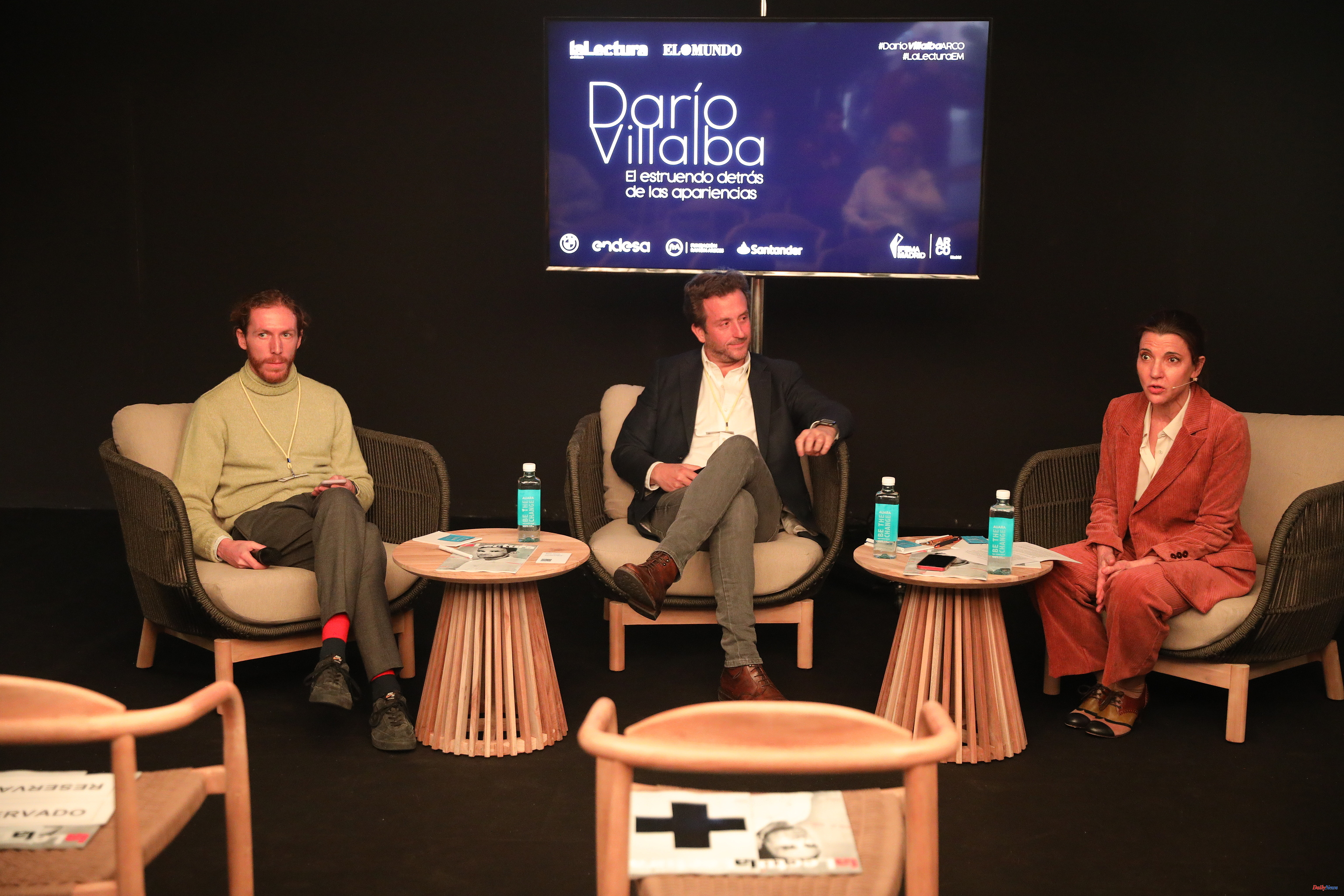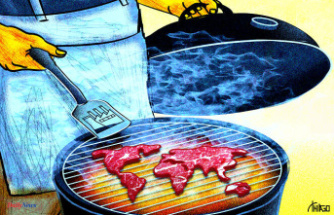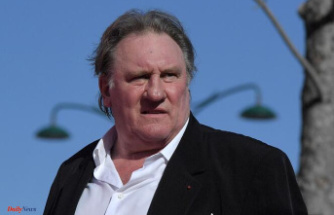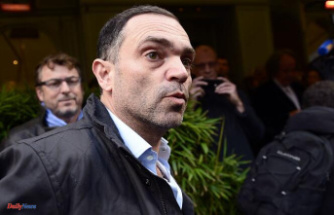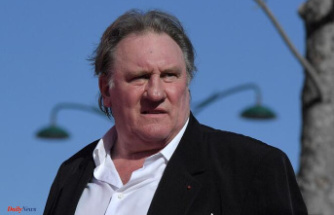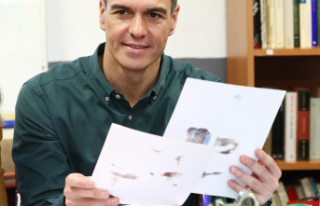A contradictory, passionate, humanist, transgressive artist... A current work that, even today, half a century after it was created, continues to challenge the viewer. And a figure, that of Darío Villalba (San Sebastián, 1939- Madrid 2018) who starred in the last meeting of 'La Lectura', held in the last edition of ARCOmadrid thanks to Santander, the BMW Group, Endesa and the Ramón Areces Foundation. A tribute to a unique artist, National Award for Plastic Arts, whose work featured in the EL MUNDO stand at the Madrid fair.
Moderated by Maite Rico, director of 'La Lectura', the meeting 'Darío Villalba'. The noise behind appearances brought together Luis González de Castejón (Villalba's nephew and responsible for looking after the artist's legacy) and Leandro Navarro Cabanas, art historian.
"I was the son of diplomats and, furthermore, my grandparents had a great affinity with culture, because both were linked to the Student Residence and the Institución Libre de Enseñanza, for which reason this aspect was deeply instilled in his life from a young age." González de Castejón thus drew a brief sketch of the broad and complex life of his uncle. "He lived in Philadelphia, in Germany, later he traveled to Greece... To really understand him, this international aspect must be taken into account, which allowed him to access a much more open world than he could have found in Spain. From the first moment his family supported him in everything he did. Including skating."
González de Castejón thus referred to Villalba's sporting facet, which led him to represent Spain in figure skating at the 1956 Cortina d'Ampezzo Winter Olympics, achieving a meritorious fourteenth place. "You have to be aware of how complicated it was to stand out worldwide in a completely non-existent sport in Spain," said his nephew.
In the case of his artistic facet, Rico recalled that, once his exploration began, "he opted for photography because he said that it encompasses all the impulses of the human being, all his emotional activity." Thus, the director of 'La Lectura' pointed out that it was he who "introduced photography as a pictorial medium in Spain" and recalled one of his statements: "He said that he painted when he took photography and that he did photography when he painted". A bet that had its most impressive incarnation in the series that made him known: the 'Encapsulated', "where he freezes an image, enlarges it and places it in a methacrylate bubble, suspended in time", as Rico recalled.
"Precisely, 50 years have passed since Darío won the prize for painting at the São Paulo Biennial in 1973 with the 'Encapsulados'", Navarro Cabanas pointed out about this series. González de Castejón stressed that, for Villalba "photography is a means, not an end". It seemed to him, his nephew recalled, "that it was the most authentic way of capturing a feeling. For this, he saw an intervention of this photograph as necessary." Because, he emphasized, he "never considered himself a photographer, but rather a painter." "He used photography as the basis of his painting and understood that it was pictorial matter as long as it was made up of stopped time", Navarro Cabanas elaborated on this aspect.
In addition, the meeting valued Villalba's intention by giving prominence to those who appear in his 'Encapsulated': homeless people, mentally ill... "Uncomfortable figures, damaged by life, sacrificed", in the words of González de Castejón . With this he intended to "demonstrate that humanity in the most vulnerable". And even more: "To stop, in a certain way, time. That we dedicate to these people the necessary time to see their true nature, their true humanity."
In the formal aspect, it is "a very transgressive work", according to Navarro Cabanas, although he also highlighted his extensive knowledge of the history of art, from Murillo to other authors of the Spanish Baroque. An unclassifiable work, highlighted Maite Rico, which stands out from previous abstract informalism and incorporates formal elements of American pop and emotional elements of Spanish painting. "Andy Warhol's variations on a tomato can become variations around a human being, a marginal being, who is the protagonist," said the director of 'La Lectura'.
"Dario's work works precisely in opposition to American pop," stated Navarro Cabanas. "If we had to define American pop in a few words, we could say that it is a sublimation of advertising, of the consumer society. And Dario puts all those people who were a failed result of the system at the center. And I don't think he would. I did it out of compassion: I like to think it was for justice. To give a place to all those people who embodied the malaise of capitalism". It was Warhol who defined the work of Darío Villalba as "Pop soul", pop with soul.
At the meeting, Villalba's vocation to reuse foreign material was also highlighted, as in the case of the encapsulations themselves. "The reality is that most of those photos of those encapsulated were not taken by Dario, but by an American photographer named Danny Lyon, who entered many prisons and psychiatric hospitals," recalled Navarro Cabanas.
The irruption of Villalba's work in the Spain of his time was not comfortable. Artists of his generation, such as Luis Gordillo, and Eduardo Arroyo admired him and "talked about him as an exceptional artist," said González de Castejón. "They knew how to see that he was a person ahead of his time and that his work would continue with all its strength."
A fan of Lola Flores and all the Spanish folklore, Darío Villalba was a "spectacular" person, according to his nephew's definition. "He was like my second father. He would emphasize the sweetness, the tenderness. He was affectionate with all of us as nephews. He always took care of us."
Homosexual and Catholic, he experienced many dualities, including in his own work: "On the one hand, he was a rather disorganized person. But, on the other, he was also disciplined and square, sometimes he seemed like an engineer, and he liked to work in a very logic, everything with an order in the head", recalled his nephew. In any case, "he always said that art saved his life."
Darío Villalba's work is distributed in private collections and museums throughout the world, but he kept important pieces and abundant work material in his studio. A legacy that the family wants to organize and display. "The first thing is to put the work in order and make a catalog raisonné," explains his nephew Luis González de Castejón. "He had an obsession, and it was that his work should be made public."
According to the criteria of The Trust Project

